Antarctica is the coldest, most isolated of Earth’s continents and is home to some of the world’s most enigmatic lakes, buried under vast ice plates or tucked away in the continent’s desolate terrain. Despite the extreme conditions, these lakes in Antarctica provide priceless insight into climate history, microbial life and planetary science. These water bodies act as natural laboratories, enabling scientists to study ancient ecosystems, subglacial hydrology and even the possibility of life on other planets. Locked under ice for millions of years or sustaining microbial life in near-freezing temperatures, each lake holds its mystery.
Explore 10 Lakes In Antarctica
Here are ten of the most remarkable lakes in Antarctica, just waiting to be explored.
1. Lake Vostok
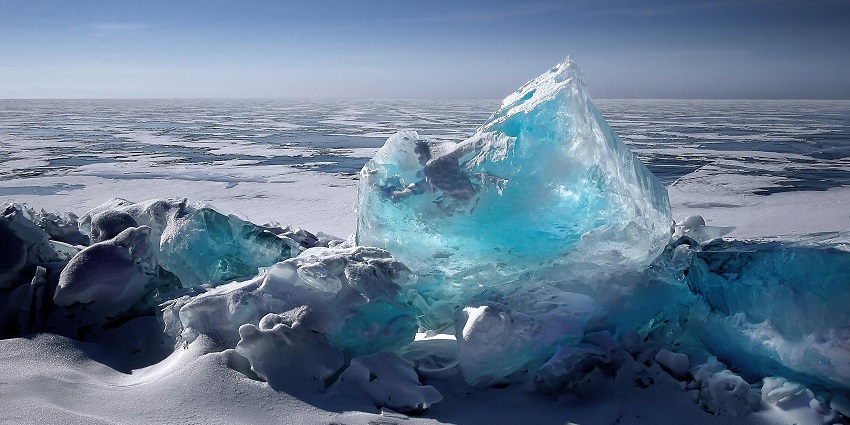
Photo: Simon Berger / Pexels / Image For Representation Only
Lake Vostok, the largest of Antarctica’s subglacial lakes, is buried under 4,000 meters of ice and exists as a liquid due to geothermal heating and tremendous pressure. Radar imaging first detected it in the 1990s. The lake has been largely isolated for at least 15 million years, which is why it’s such an astrobiological target. In 2012, scientists drilled through the ice on top of it to extract ice cores that sampled trace unknown bacteria present there. Other theorists have hypothesised that its extreme environment could be similar to conditions on Jupiter’s moon Europa.
Depth: 400 meters
Size: 250 km long, 50 km wide
Location: Beneath Russia’s Vostok Station
2. Mercer Lake

Photo: W. Bulach / Wikimedia Commons / Image For Representation Only
Mercer Lake had been buried beneath 1.2 kilometres of ice in West Antarctica for thousands of years until scientists drilled into it in 2019. The project, known as Subglacial Antarctic Lakes Scientific Access (SALSA), made an unexpected finding. The lake held preserved fossils of diatoms and tiny crustaceans, suggesting that the area was once free of ice millions of years ago. It is thought that the water slowly pours from one connected subglacial channel to the next, heading for the Ross Ice Shelf. Researchers collected nearly 15 litres of water from the lake and sediment samples to examine microbial life. The inclusion of organic matter suggests that there’s a lively ecosystem beneath the ice, which has questioned earlier views of Antarctica’s frozen habitat.
Depth: 15 meters
Size: 160 square km
Location: West Antarctica
3. Lake Whillans
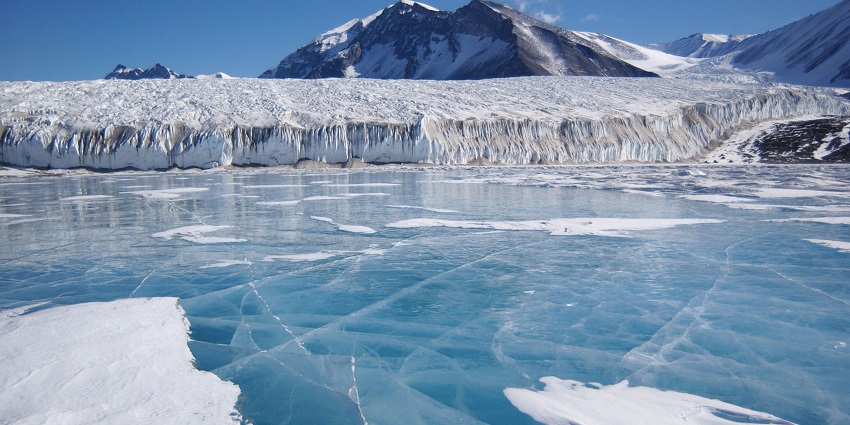
Photo: Joe Mastroianni / Wikimedia Commons / Image For Representation Only
Lake Whillans, underneath 800 meters of ice near the Ross Ice Shelf, was the first Antarctica subglacial lake to be directly sampled in 2013. Rather than just flowing in and out like other lakes in Antarctica, it also goes through cycles of drainage and refilling as the ice melts and moves at the base of the ice sheet. The Whillans Ice Stream, a rapidly flowing river of ice, affects the hydrology of the lake. Scientists discovered microbial life flourishing in its anoxic waters. The lake is one link in a chain of subglacial lakes that convey meltwater to the ocean, a contributor to ice sheet stability.
Depth: 2 meters
Size: 60 square km
Location: West Antarctica, near Ross Ice Shelf
4. Lake 90 Degrees East
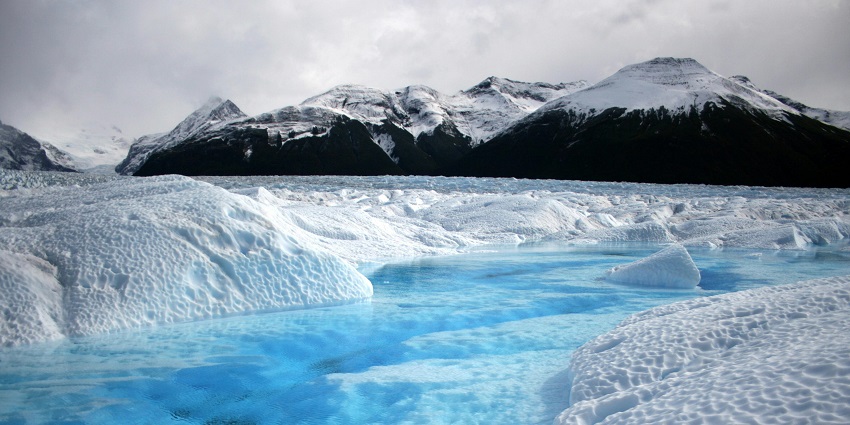
Photo: Pixabay / Pexels / Image For Representation Only
Lake 90 Degrees East is a deep subglacial lake beneath nearly 4 km of ice in East Antarctica’s Gamburtsev Mountains. It was named after the meridian at 90 degrees east longitude. This lake isn’t just any crater; it’s located in a heavily mountainous area where ice sheets are forming and contains clues about how Antarctica’s ice cover developed. It is thought to have been cut off for millions of years, allowing for a stable and undisturbed habitat. Unlike many other subglacial lakes, its water stays liquid thanks to a combination of geothermal heat and insulation from the thick ice overhead.
Depth: 200 meters
Size: 100 square km
Location: East Antarctica, Gamburtsev Mountains
5. Lake Concordia
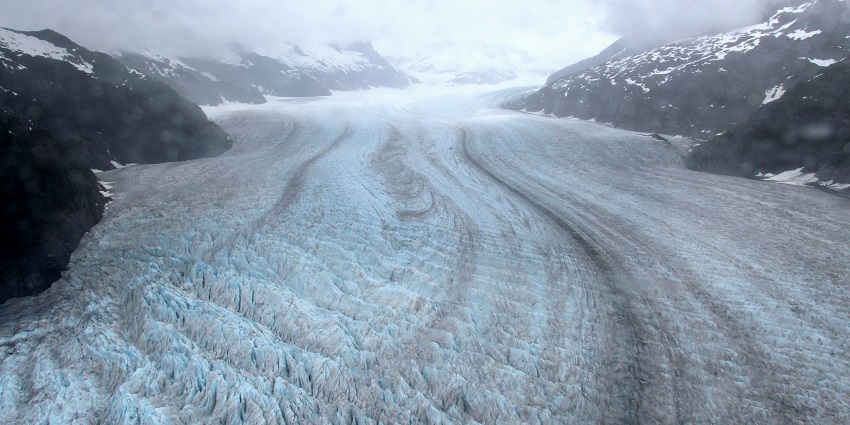
Photo: Ella Wei / Pexels / Image For Representation Only
Lake Concordia lies more than 3 km beneath the ice in East Antarctica, making it a subglacial lake. It is also situated close to Dome C, a key research site beyond the pole, where ice core drilling has yielded essential records of Earth’s climate stretching back over 800,000 years. The lake is of interest because the sediment that has been preserved there can tell scientists about past atmospheric conditions. Concordia conditions are thought to be more stable, leading to the preservation of biological material for millions of years on end. Close by is the European Concordia Station, an international station run jointly by France and Italy and providing logistical support for future studies.
Depth: 150 meters
Size: 60 square km
Location: East Antarctica, near Dome C
6. Lake Hodgson
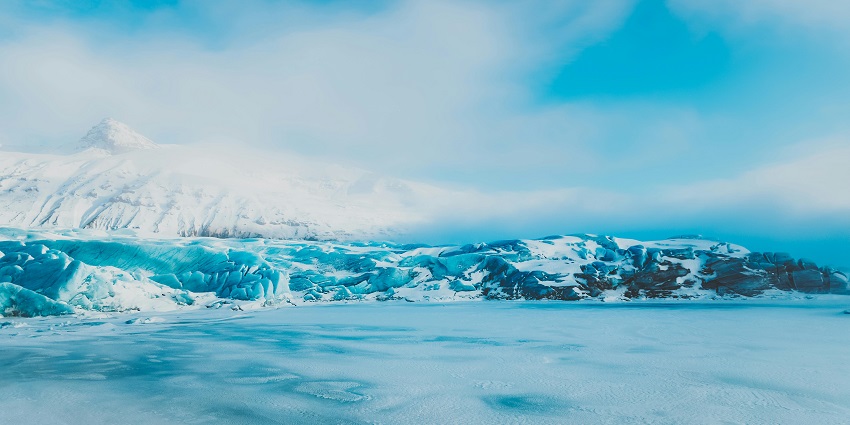
Photo: Matheus Bertelli / Pexels / Image For Representation Only
Lake Hodgson is a perennial ice-covered lake located on the Antarctic Peninsula and is not a subglacial lake, which makes it distinct from most lakes in Antarctica. It has slowly been becoming exposed due to warming trends and was once covered by more than 400 meters of ice. The sediments in the lake span thousands of years, offering a glimpse of what environments looked like long ago. In 2013, scientists drilled into the lake and discovered many different types of microbial communities, including some bacteria that flourish in extremely cold and low-oxygen environments. Sediments in Lake Hodgson also retain records of the region’s past climate changes, providing information on how Antarctic ecosystems may respond to prolonged climate change.
Depth: 93 meters
Size: 150 square km
Location: Antarctic Peninsula
7. Lake Bonney
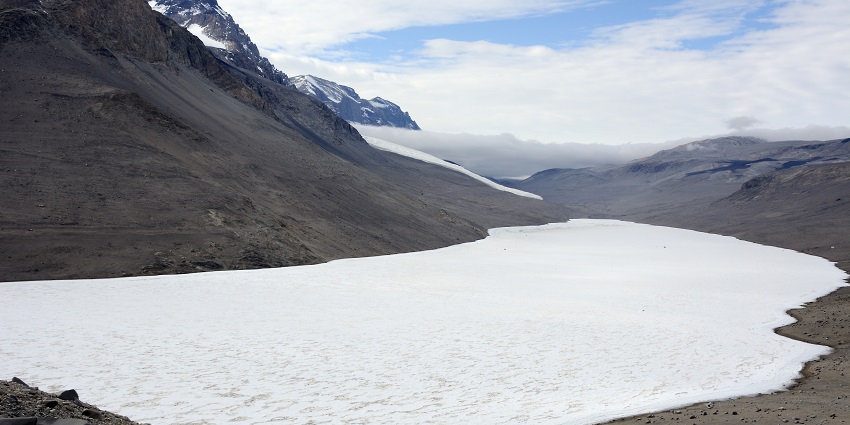
Photo: Peter Rejcek, NSF / Wikimedia Commons
Lake Bonney in the McMurdo Dry Valleys is a permanently ice-covered lake where only a limited amount of sunlight penetrates the thick ice cover. Even so, microbial life thrives in its disconnected water columns. The lake consists of two lobes divided by a narrow channel, and each side has different chemical characteristics. One side has an excess of oxygen, while the other has high levels of salts. That strange separation gives scientists the chance to see how life thrives in extreme conditions. The lake is filled by glacial meltwater from Taylor Glacier, which holds iron-rich brine, providing a dramatic “Blood Falls” when it seeps out.
Depth: 40 meters
Size: 7 square km
Location: McMurdo Dry Valleys
8. Lake Vida
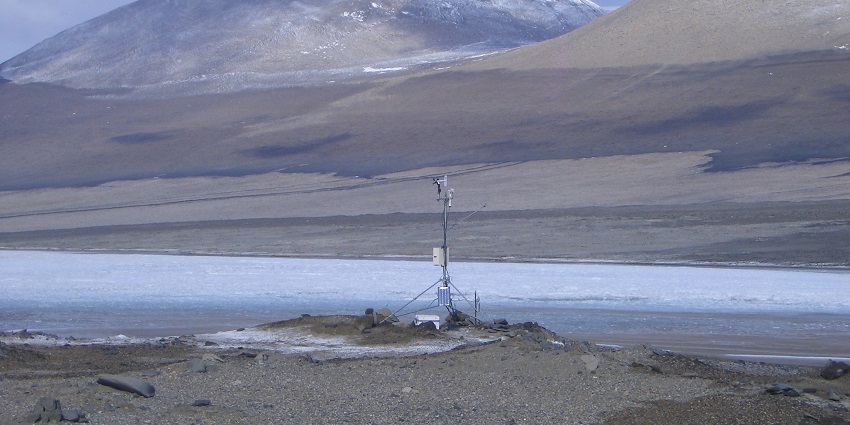
Photo: Chris McKay / Wikimedia Commons / Image For Representation Only
Lake Vida, another lake in the McMurdo Dry Valleys, is among the most extreme lakes in Antarctica, with salinity seven times that of seawater. What makes the lake truly unique is that despite its hypersaline conditions, it’s liquefied under an ice layer of 13°C or even less. It also exists beneath the ice crust for thousands of years, creating an oxygen-deprived environment that is rich with microbial life. Researchers found bacteria in the brine that live off nitrogen and sulphur, illustrating that life can endure in extreme chemical environments. These adaptations render Lake Vida a candidate site of study for potential life in extraterrestrial saline environments.
Depth: 27 meters
Size: 6 square km
Location: McMurdo Dry Valleys
9. Don Juan Pond
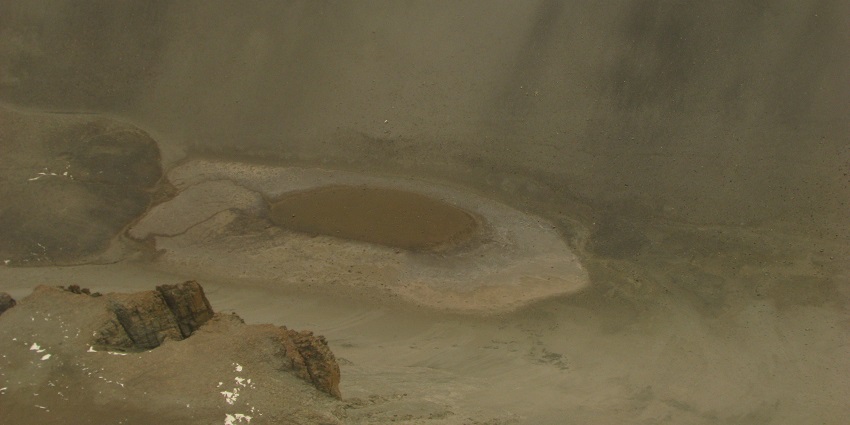
Photo: Dturme / Wikimedia Commons
Don Juan Pond is the saltiest natural body of water on Earth and is located in the McMurdo Dry Valleys, with a salinity level over 40 times higher than seawater. Such extreme hypersalinity inhibits freezing even in the Antarctic’s most brutal winters that see temperatures plummet to -50°C. The pond is incredibly shallow, with a maximum depth of only around 10 cm, but the high salt concentration absorbs sufficient sunlight for liquid water to remain year-round. Don Juan Pond is unique among lakes in Antarctica in that it is fed not principally by glacial melt but by briny groundwater that reaches out from the surrounding permafrost.
Depth: 10 cm
Size: 0.25 square km
Location: McMurdo Dry Valleys, Victoria Land
10. Lake Ellsworth
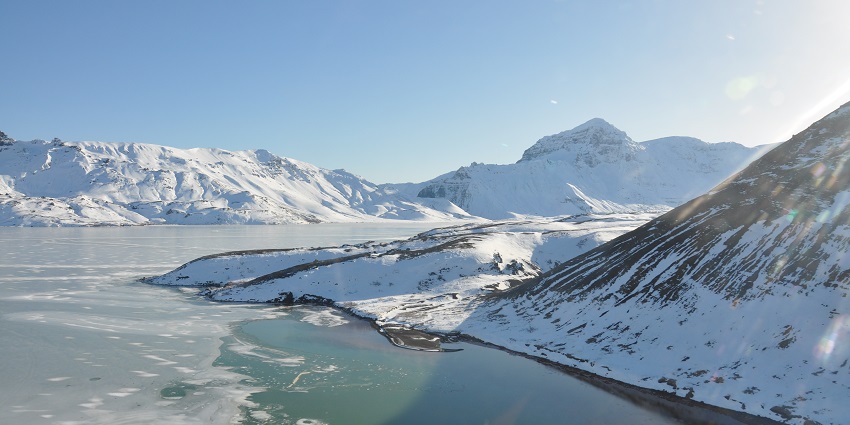
Photo: Katmai National Park and Preserve / Wikimedia Commons / Image For Representation Only
Lake Ellsworth is one of several subglacial lakes buried under 3.4 km of ice in West Antarctica. It was mapped with radar surveys in the 1990s and then was earmarked as a prime target for scientific drilling because of its potential to hold ancient microbial life. In 2012, a team from the British Antarctic Survey tried using a hot-water drill system to penetrate the lake, but the effort was stopped long before reaching the water due to technical complications. Lake Ellsworth is still very high on the list of future targets for exploration, since its secluded waters may host life that has evolved in isolation for hundreds of thousands of years.
Depth: 150 meters
Size: 29 square km
Location: West Antarctica, Ellsworth Mountains
Lakes in Antarctica are not merely frozen landscapes; they’ve got the keys to the past of this planet and future scientific breakthroughs. From the hypersaline waters to the deeply buried lakes, each lake offers a unique insight into extreme survival, climate evolution, and planetary analogues. These hidden water bodies keep pushing the limits of what we know about life and the resilience of the environment in the coldest place on Earth. Explore Antarctica’s lakes with TripXL, which are among the planet’s most profound frontiers of discovery.
Cover Photo: Andrew Mandemaker / Wikimedia Commons / Image For Representation Only


 WhatsApp
WhatsApp
 Twitter
Twitter









